Top 5 Tips to Maximise Reading Success – Part 4
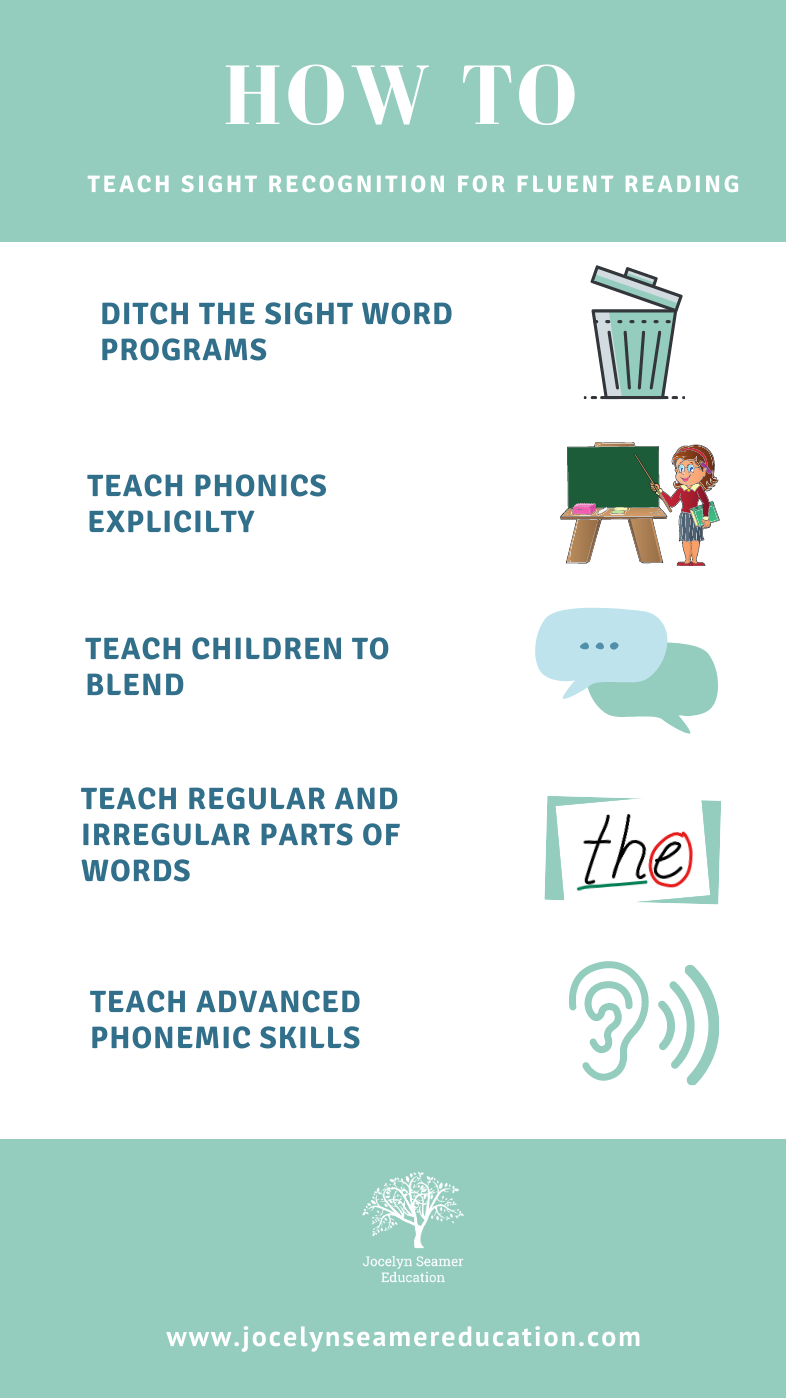
Tip No. 4 - Ditch the Sight Words
In a previous post I challenged the popular practice of giving beginning readers predictable texts. This week I’m REALLY asking you to go against everything you know and ditch the sight words. Yes, that’s right. I said it. DITCH THE SIGHT WORDS. Why? Basically, because they are not a thing.
For years and years we have been attempting to teach children to read using flawed methodology based on misunderstandings of how our brains process words. Personally, I can see how it might appear that we recognise words as whole units. Proficient readers automatically recognise patterns in words and put them together to decode. The process is so instantaneous that we don’t even think about it. It is the goal of reading instruction for decoding to become effortless so that the reader can focus on comprehension and for most people the words they encounter every day will become 'sight words' over time.
For a beginning reader, learning to decode is a very different process from simply learning to recognise a bank of words. That’s like trying to run before you crawl. Students need to be taught to recognise sounds and blend them together. Over time, this process of recognition and blending becomes faster as orthographic mapping develops. I am not an authority on orthographic mapping. If you want to learn more about it, you can get hold of a copy of David Kilpatrick’s Essentials of Assessing, Preventing, and Overcoming Reading Difficulties.

I do know that if you flash ‘sight words’ at children and expect them to magically and instantly recognise them you are putting the student at a great disadvantage. But here's the thing. SOME children will seem to do really well with this way for a time. SOME children's brains just seem to effortlessly understand reading. The problem is that this is not the case for MOST children. So, this very common practice encourages guessing rather than blending and leads to the appearance of reading in many children. This works ok until the texts contain words that the child has not memorised and then they run out of strategies. So, we ‘help them’ and suggest that they have a look at the picture and think about what makes sense. Reminder: guessing from picture or what you think makes sense is not effective reading.
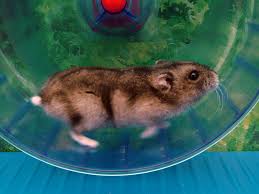
For other children, this reliance on ‘sight words’ in early reading instruction is crippling. Their brains do not magically remember the words and they are stuck on the hamster wheel of daily practice of sight words for weeks, months and sometimes even years without any progress at all.
So, if sights words are ineffective practice, how do we teach words such as was, she and should? After all, trying to write stories without the word ‘the’, ‘I’ or ‘of’ would result in the most ridiculous texts ever.
Let’s be clear, most words can be blended once children know the appropriate part of the alphabetic code. Take the words below.
By the time children have learned the basic alphabetic code they can sound out 4 of the 12 ‘sight words’, often from a child's earliest days at school. The other 8 words have only one sound each that is irregular and these are easily taught in the context of the decodable texts they are reading (except for was which has two). At this point, we are talking about irregular high frequency words, rather than words that cannot be sounded out. Irregular high frequency words are words that children will encounter often but that contain phonics representations that they are not familiar with yet.
| Word | Regular Sound | Irregular sound (so far) |
| a | a (u) | |
| be | b | e (ee) |
| I | I (igh) | |
| is | i | s (z) |
| of | o | f (v) |
| the | th | e (schwa) |
| to | t | o (oo) |
| was | w | a (o) s (z) |
Teaching Irregular High Frequency Words
There are three things to consider when teaching irregular high frequency words.
- Irregular high frequency words are not words that can't be sounded out. They are words we see frequently but we don't know the sounds for yet.
- Limit how many irregular high frequency words you plan for children to encounter in the beginning stages of reading. Using quality decodable texts for reading instruction will ensure that children aren’t put in the position of having to attempt to decode a whole heap of words they don’t know the sounds for.
- Teach high frequency words as you need them to use them and only after children already have a solid grip on the concept of sounds and can confidently blend with the initial code. Do not teach them as a ‘bank’ of decontextualized words that they learn in isolation from your phonics and reading program.
When you teach irregular high frequency words use the following steps:
Step 1) Present the word to the students.
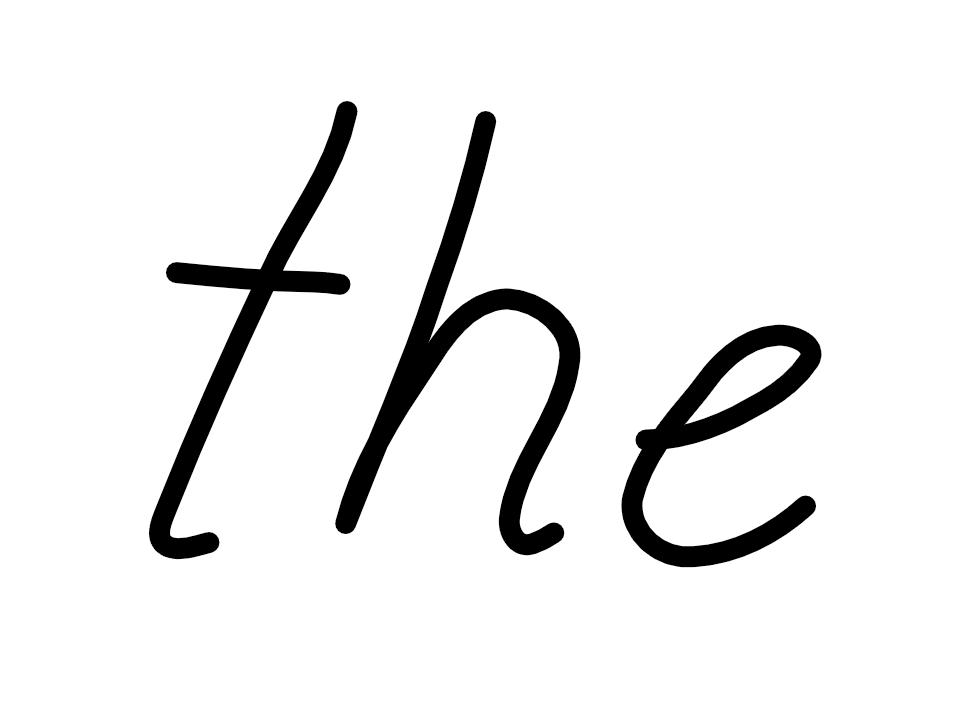
Step 2) Point out the parts of the word that are regular.
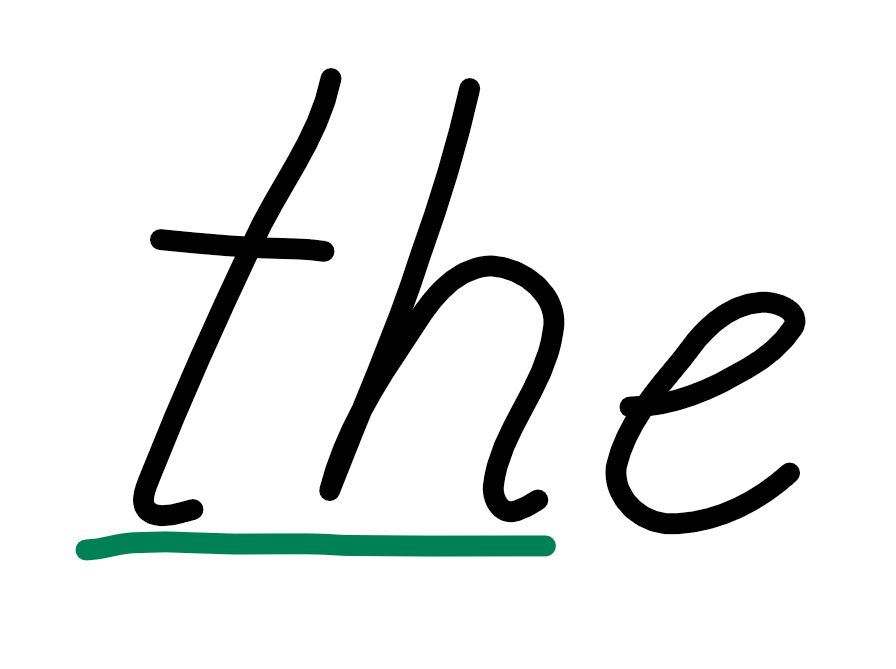
Step 3) Point out the parts of the word that are irregular.
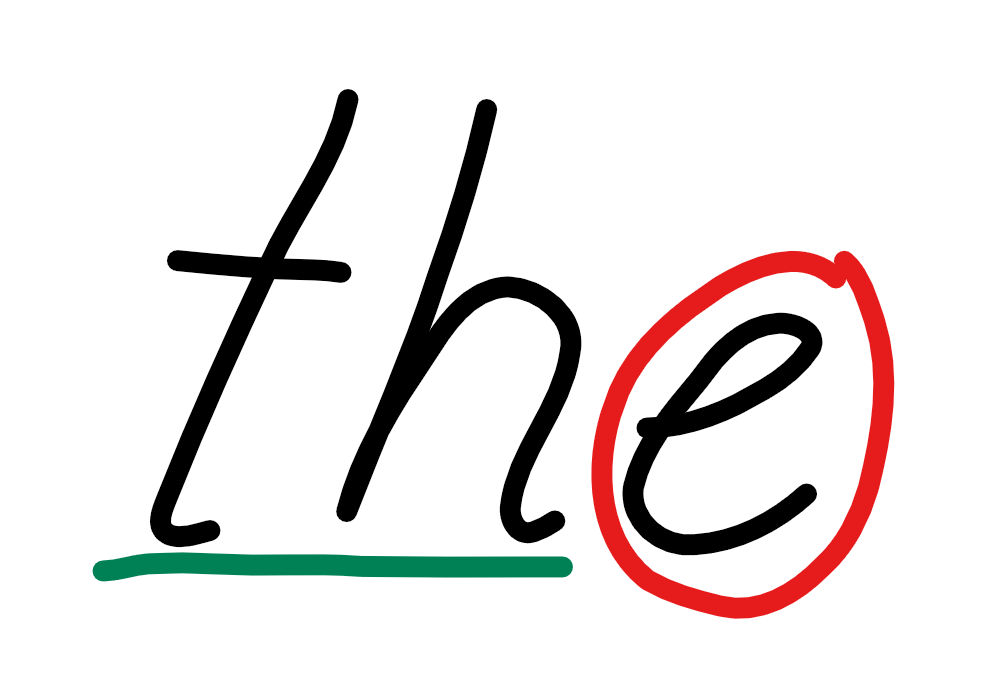
Step 4) Provide lots of multisensory opportunities to practice these words as children read with some additional regular revision of words that have already been taught.
Focusing your students’ early reading activities on sounds, blending and segmenting will give them exactly the solid foundation that they need to grow into strong readers. It is necessary to teach a small number of irregular high frequency words to facilitate reading stories, but keep these to a minimum and choose a phonics program that accounts for these words such. Programs that do this include Read Write Inc., Little Learners Love Literacy and Get Reading Right. If you don't have access to a Program, using decodable texts such as Dandelion and teaching high frequency words as they are introduced will be very helpful for your students.
My next tip to maximise reading success is:
"Teach reading and spelling at the same time"

 Jocelyn Seamer Education
Jocelyn Seamer Education
9 comments
What do we do to teach the words that cannot be sounded out? I know you say to wait, but decodable books often do have those words included as the books increase in complexity.
Hi Anne. Decodable do have irregular high frequency words in them and you are right that we have to pre-teach the words. Start by pointing out the regular and irregular parts of the words. Underline the digraphs if there are any and circle the irregular parts (the sounds that the children haven't learned yet). This shows the children that all words are made up of sounds. From there, give them opportunities to practice these words both in and out of context. Best of luck, Jocelyn
Hi Jocelyn,
I am about to start in prep for the first time and have a couple of questions regarding classroom set up. Given your recommendation about teaching to decode high frequency words with irregular sounds, I am questioning whether it's best practice to have 'sight words' on display with the alphabet letters that represent the initial sound in the words. I have seen this done using the MIOOW words. What is your suggestion?
My second question relates to labelling common items, e.g. window, door, sink, etc around the room. Is this a beneficial thing to do?
I am looking forward to beginning your course on the 18th of January.
Kind regards,
Pan
Hi Pan,
These are great questions. In regards to anything that goes on a wall, I have preference for making these displays a cumulative record of learning rather than a decoration. Jo-Anne Dooner talks about "walls that talk", which is all about ensuring that children interact with whatever is on the wall. Instead of having a whole bunch of irregular high frequency words on the wall, place the words on display as you teach them and then refer to them in your teaching. There is very little value in labelling the classroom items. This is a common, whole word practice that assumes that children will 'learn the words' after repeated exposures. I look forward to working with you in the Teach Along Pan!
Take care,
Jocelyn
Hi there!
I teach JK/SK and am looking into the Read Write Inc books. There are many products available. Which do you recommend I start with?
Thanks!
You would be looking at the Red teacher handbook, speed sound cards, alphabetic code chart and the earlier story books. The Ruth Miskin Website has more information. Take care, Jocelyn
Leave a comment